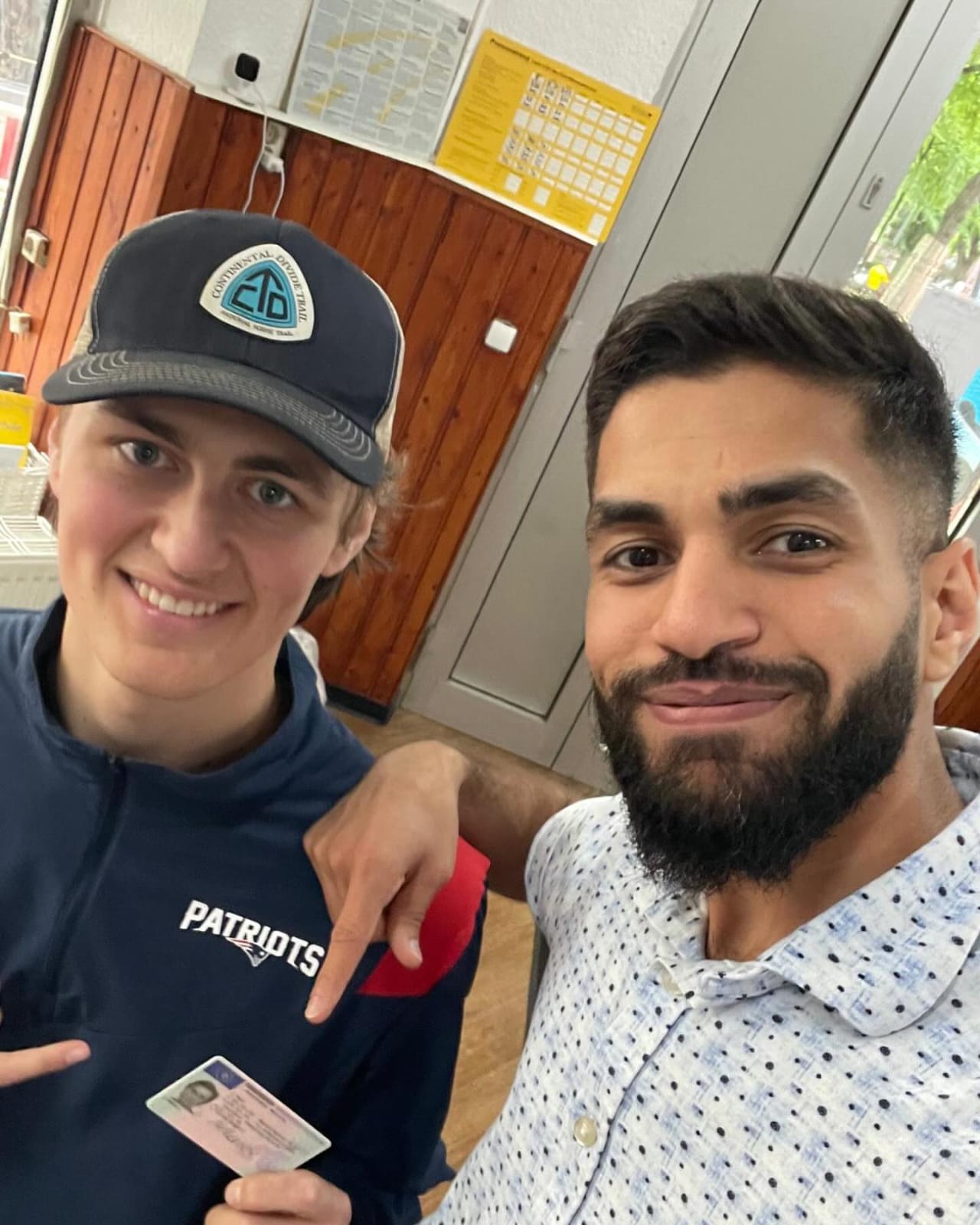Understanding Driving Licenses: Types, Requirements, and Frequently Asked Questions
Driving is a fundamental aspect of modern life, and acquiring a driving license is an important turning point for many people. This article explores the different types of driving licenses available, the requirements to obtain them, and responses frequently asked concerns related to the topic. A knowledgeable point of view on driving licenses can help individuals understand the value of choosing the appropriate type of license to fulfill their needs.
Kinds Of Driving Licenses
Driving licenses can differ in between countries and areas, however they typically fall under numerous major categories. thelmamajeske.top following table sums up the most typical kinds of driving licenses, including their functions and typical restrictions.
| Type of License | Description | Typical Restrictions | Eligibility Age |
|---|---|---|---|
| Learner's Permit | Permits novice motorists to practice. | Need to drive with a licensed adult. | 16-18 years of ages |
| Class C License | Standard license for guest automobiles. | No constraint on number of guests. | 18 years or older |
| Class A License | Industrial license for large cars. | Must follow more stringent policies. | 21 years or older |
| Class B License | For driving buses and larger lorries. | May need special recommendations. | 21 years or older |
| Bike License | For operating motorbikes. | Should wear a helmet; differs by state. | 16-18 years of ages |
| International License | Enables legal driving in foreign nations. | Should have a legitimate domestic license. | 18 years or older |
Learner's Permit
The student's authorization is the very first step for lots of people venturing into the world of driving. This license allows amateur chauffeurs to practice driving under supervised conditions, typically needing a licensed grownup over a certain age to accompany them in the lorry.
Class C License
The Class C license is the most commonly held driving license, allowing individuals to run basic traveler vehicles. This license typically has actually fewer restrictions compared to other categories.
Class A and B Licenses
Class A and B licenses are essential for operating industrial cars. These licenses require special training and screening, guaranteeing that motorists are equipped with the skills required for navigating larger and more intricate vehicles safely.
Bike License
Individuals thinking about riding motorbikes need to get a motorbike license, which can require additional training and testing. Safety equipment, such as helmets, is typically mandated by law.
International License
A worldwide driving license enables individuals to drive in foreign nations, but it is vital to have a legitimate domestic driving license in combination with the worldwide license.
Requirements to Obtain a Driving License
The requirements for obtaining a driving license can differ substantially by jurisdiction. However, there are typical steps and criteria that a lot of candidates will come across. Below is a list of general requirements:
Age Requirement:
- Minimum age varies; student's licenses are typically provided at 16, while complete licenses may need candidates to be 18 or older.
Vision Test:
- Most jurisdictions require applicants to pass a vision test to make sure safe driving capabilities.
Written Test:
- New chauffeurs must pass a written exam that covers traffic laws, road signs, and safe driving practices.
Driving Test:
- Practical driving tests are conducted to demonstrate a candidate's ability to operate a lorry securely under numerous conditions.
Charges:
- Payment of application and screening fees is typically needed.
Proof of Identity:
- Applicants need to offer valid recognition, such as a passport or birth certificate, together with evidence of residency.
Parental Consent (for minors):
- Parental or guardian authorization is often required for applicants under the age of 18.
Comprehending the various types of driving licenses and their associated requirements is vital for anyone looking to drive lawfully and securely. Each license serves an unique purpose, dealing with different driving needs, from standard automobiles to industrial transport and motorbikes. By fulfilling the needed criteria and adhering to guidelines, aiming chauffeurs can take pleasure in the liberty of driving while ensuring their safety and the safety of others.
Often Asked Questions (FAQs)
What do I need to bring when getting a driving license?
- You normally need to supply recognition, proof of residency, and any needed application fees. Contact your regional DMV or licensing authority for particular requirements.
The length of time does it require to obtain a driving license?
- The timeline can differ based upon individual scenarios, such as how quickly one can complete the needed tests, and whether there is a backlog at the licensing authority.
Can I drive with a learner's permit?
- Yes, but you must be accompanied by a certified driver and comply with restrictions set by your local laws.
What occurs if I stop working the driving test?
- You normally have the choice to retake the test after a designated waiting duration, which varies by jurisdiction.
Is it required to take a driving course?
- While not always compulsory, taking a motorist's education course can be useful and is often required for people looking for a student's license.
By being informed about the kinds of licenses available, the requirements required for acquiring one, and the related guidelines, potential chauffeurs can navigate the process of obtaining a driving license with self-confidence.

